Supporting Senior Cats in Chronic Pain: A Compassionate Guide to Comfort and Care
As cats age, they often do so with a quiet, dignified presence. But when chronic pain begins to take hold, its signs are often subtle and easy to misread. What might seem like simple aging- a skipped jump, a smaller appetite, or extra time spent sleeping- may in fact be your cat’s quiet way of signaling discomfort. Recognizing these early cues can make a meaningful difference in your cat’s quality of life.
At Mobile Catand Dog Vet in Bend, Oregon, we are honored to walk alongside families as they care for aging pets, including those navigating chronic pain and end-of-life considerations. Whether through proactive pain management or gentle euthanasia when the time is right, our goal is to prioritize comfort, dignity, and the human–animal bond every step of the way.
What Is Chronic Pain in Senior Cats?
Chronic pain refers to discomfort that persists beyond normal healing or arises from progressive conditions like arthritis, dental disease, cancer, or joint degeneration. It tends to develop slowly, and because cats instinctively hide pain, many families don’t recognize it until it becomes advanced. To better understand possible pain sources, see The Why and the “Ow:” 7 Conditions That Cause Pain in Pets.
Why Cats Mask Pain
For cats, hiding weakness is a survival strategy. Unfortunately, this can delay the support they need- prolonging suffering and diminishing their enjoyment of daily life. Addressing chronic pain early helps preserve not only comfort but also emotional well-being and connection with their human family.
Subtle Signs to Watch For
Gentle changes in behavior often speak volumes. Look for:
- Increased hiding or solitude
- Hesitation or refusal to jump on beds, furniture, or windowsills
- Trouble navigating stairs or getting into high-sided litter boxes
- A dull coat or reduced grooming
- Weight or muscle loss, especially around the hips and spine
- Sensitivity when touched, particularly near joints or the back
- Litter box accidents linked to mobility issues
- Appetite changes or chewing discomfort
Pain in cats often appears as withdrawal or mood shifts rather than obvious limping.
The Progression of Chronic Pain
Early on, cats may adapt by moving less or sleeping more. But over time, these compensations can lead to muscle loss, increased stiffness, and a diminished desire to interact. Pain also affects internal health- raising stress hormones and weakening the immune system. Secondary issues like constipation or urinary challenges may arise as mobility declines.
How Pain Is Diagnosed in Cats
Because signs are often subtle, a comprehensive veterinary exam is essential. During a senior visit, your veterinarian may:
- Watch how your cat moves and rests
- Examine joints and muscles for signs of tenderness
- Recommend imaging (X-rays, etc.) to evaluate arthritis or dental disease
- Run lab work to rule out conditions like kidney or thyroid disease
Understanding the full picture helps tailor care. Explore Drugs Used to Relieve Pain to learn more about available options.
Approaches to Pain Management
Pain relief often requires a mix of therapies. Every cat responds differently, and treatment must be personalized and monitored carefully.
Medications and Monitoring
- NSAIDs can reduce inflammation, but require close monitoring in cats.
- Gabapentin is commonly used for nerve pain and can also ease anxiety.
- Opioids may be appropriate for advanced cases where comfort is the primary goal.
Learn more at Get the Facts about Pain Relievers for Pets.
Complementary Therapies
Integrative treatments may enhance comfort and reduce the need for stronger medications:
- Laser Therapy can reduce inflammation and improve circulation. Laser Therapy Resources
- Acupuncture offers natural pain relief and relaxation. What is Acupuncture
- Physical Rehab supports mobility and flexibility. Veterinary Physical Rehabilitation
Home Modifications
Simple adjustments can ease daily strain:
- Provide soft, orthopedic bedding
- Keep food, water, and litter boxes easily accessible
- Use shallow litter boxes with low sides
- Add rugs or mats to prevent slipping
Palliative Support and End-of-Life Care
When pain persists despite treatment, shifting the focus from cure to comfort is often the kindest path. Palliative care emphasizes ease and routine, allowing pets to rest without unnecessary interventions.
- Offer warm, enticing meals- even hand feeding can help.
- Keep surroundings quiet, familiar, and stress-free.
- Watch for signs of escalating discomfort: vocalizing, pacing, or difficulty settling.
For support with mobility and home adaptation, see the Mobility Matters Guide.
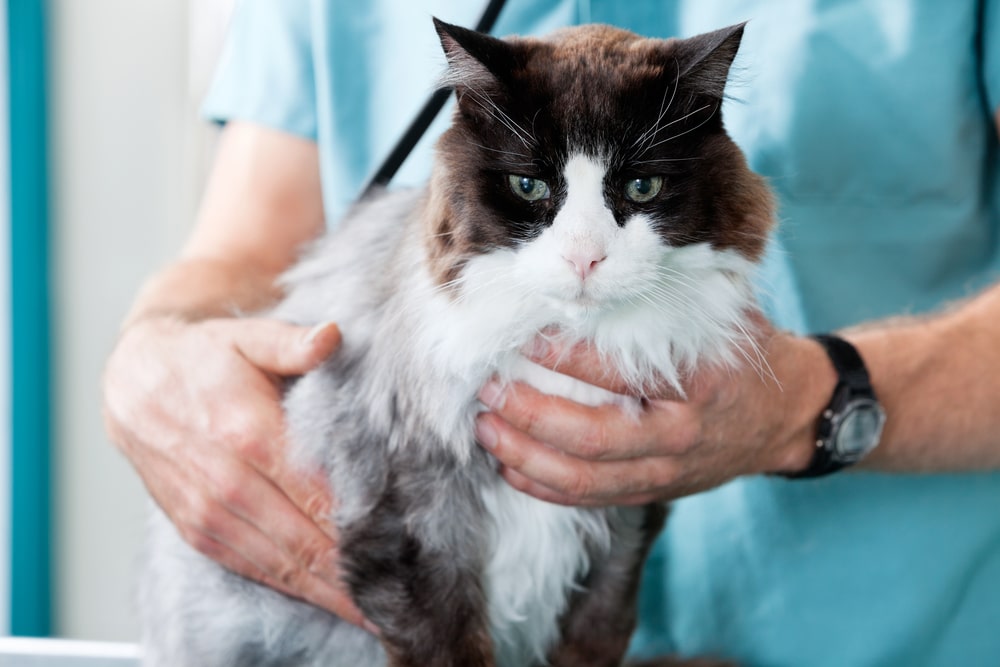
Recognizing When It’s Time
Deciding when to say goodbye is one of the hardest parts of loving a pet. We’re here to guide you with compassion and clarity. You may want to consider in-home euthanasia when:
- Pain is no longer manageable, even with medications
- Mobility is so limited that basic needs can’t be met
- Your cat no longer engages with you or their environment
- Appetite, hydration, or comfort is consistently declining
- Signs of distress- labored breathing, confusion, or restlessness- become constant
Frequently Asked Questions
Is pain just a normal part of aging?
No. While slowing down can be expected, chronic pain is treatable and should never be ignored.
Do supplements help?
They can. Joint diets and omega-3s may offer support, but typically work best alongside prescription pain relief.
Are pain medications safe for cats?
Yes- when monitored closely. Dosing is carefully individualized based on your cat’s health and age.
How can I improve my cat’s comfort at home?
Keep essentials nearby, reduce stressors, and add soft surfaces or ramps as needed.
We’re Here When You Need Us
Caring for a cat in chronic pain- especially near the end of life- requires both heart and guidance. You don’t have to do it alone. The team at Mobile Cat and Dog Vet is here to offer gentle support, whether you’re exploring pain management options or considering a peaceful, in-home goodbye.
If you’re noticing changes in your cat’s comfort or behavior, reach out to schedule a consultation. Together, we can create a care plan that prioritizes quality of life and honors the bond you share- every step of the way.


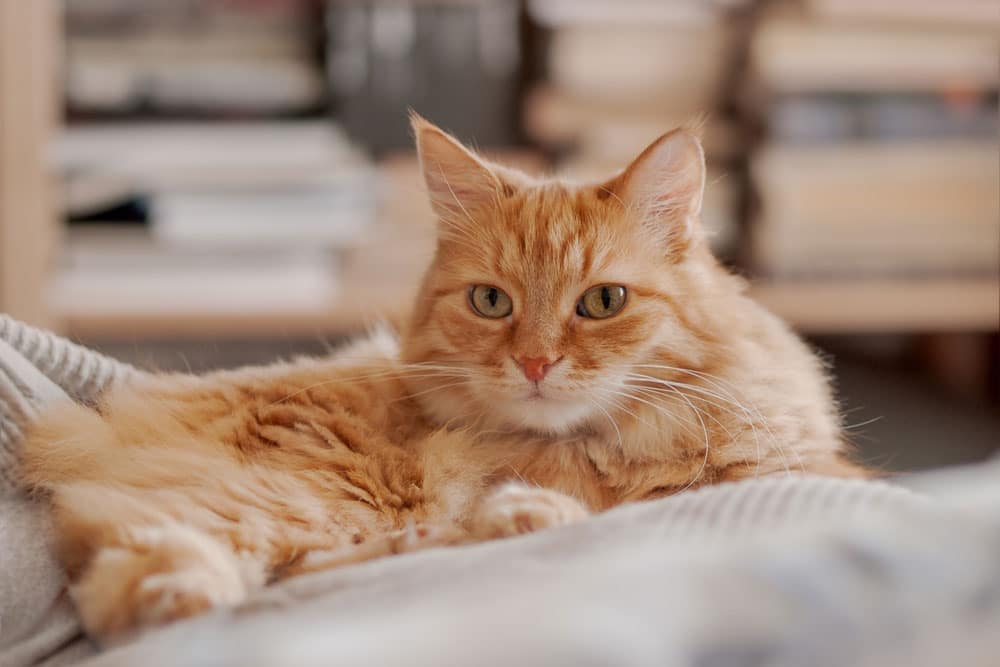
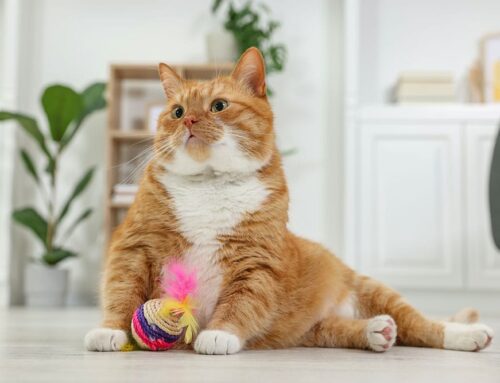

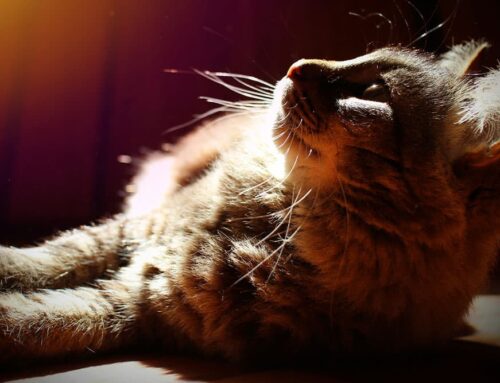
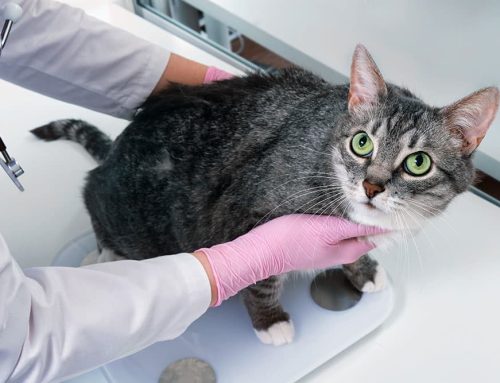

Leave A Comment